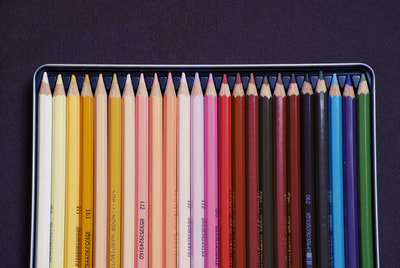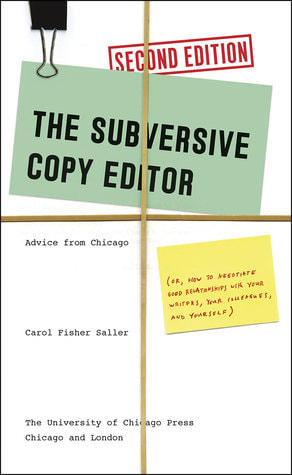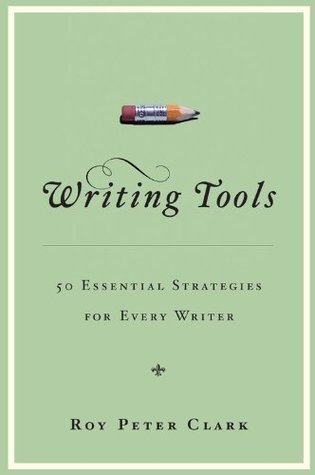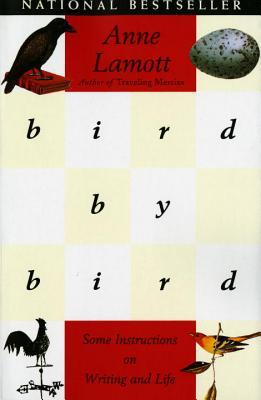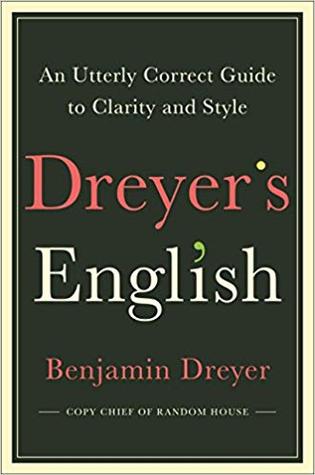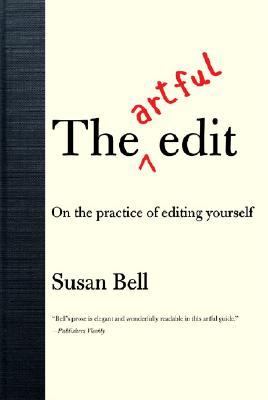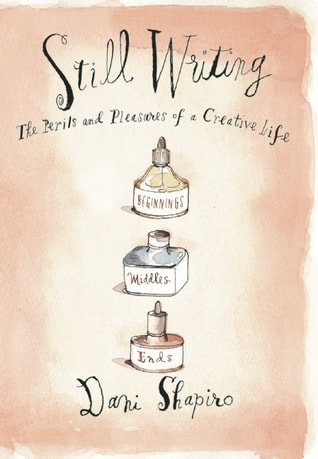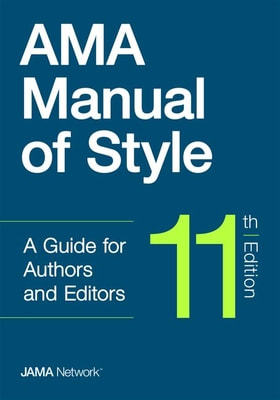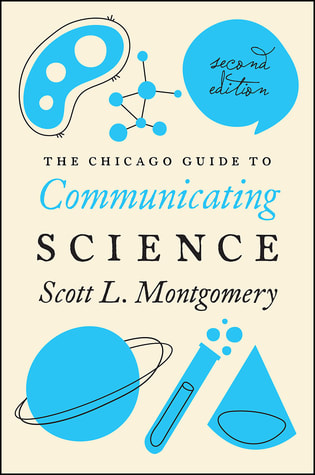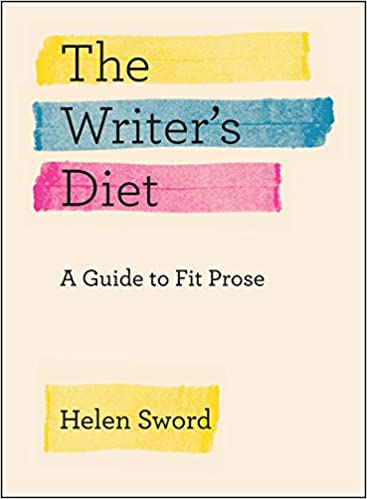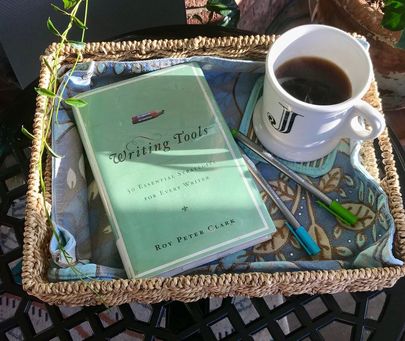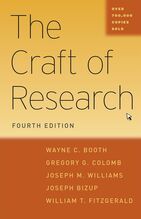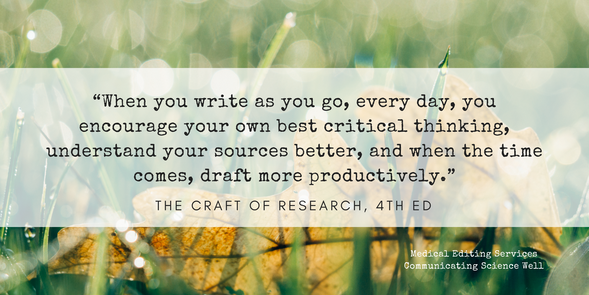Books
Books about writing in general
Bird by Bird: Some Instructions on Writing and Life, by Anne Lamott. Anchor Books; 1995.
Amazon
Amazon
- Another book on so many lists of “great books about writing” (deservedly so). It is a little personal coaching session on writing.
On Writing: A Memoir of the Craft, by Stephen King. 10th anniversary edition. Scribner; 2010.
Amazon
Amazon
- “If you want to be a writer, you must do two things above all others: read a lot and write a lot”
This one is on every list of books about writing, and as you would expect from Stephen King, it is both educational and entertaining. King makes even the discussions of symbolism and theme accessible. A must-read for every aspiring writer (and editor).
Still Writing: The Perils and Pleasures of a Creative Life, by Dani Shapiro. Grove Press; 2014.
Amazon
Amazon
- Right up there with Bird by Bird by Anne Lamott. Encouraging, short essays to keep close to your writing desk. Such good, practical advice about avoiding distraction: that’s right, no lunch dates.
The Sense of Style: The Thinking Person's Guide to Writing in the 21st Century, by Steven Pinker. Penguin Books; Reprint edition; 2015.
Amazon
Amazon
The Writer’s Diet: A Guide to Fit Prose, by Helen Sword. University of Chicago Press; 2016.
Book People
Amazon
Book People
Amazon
Writing Tools: 50 Essential Strategies for Every Writer, by Roy Peter Clark. Little, Brown; 2006.
Book People
Amazon
Book People
Amazon
- One thing I love about this book is that the chapters are very short. You can read one quick tip each morning with your coffee to refresh your writing. This is the grammar guide I bought for my kids when they went off to college.
Books about writing in science
Writing Your Journal Article in Twelve Weeks, 2nd ed, A Guide to Academic Publishing Success, by Wendy Laura Belcher. University of Chicago Press; 2019.
University of Chicago Press
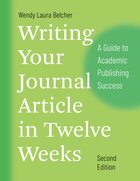
- This 12-week workbook contains practical content on writing a journal article—including tips and exercises that I have not encountered anywhere else. Some examples: why to write most days, even if only for 15 minutes; why to set up reference-management software today (even if you have been putting it off for years) and which ones to try; and how to examine and set goals for the diversity of authorship of your works cited (eg, How many women authors do you cite? How many non-White authors do you cite?).
The Chicago Guide to Communicating Science, 2nd ed, by Scott L. Montgomery. University of Chicago Press; 2017.
Amazon
Amazon
The Craft of Research, 4th ed, by Wayne C. Booth, Gregory G. Colomb, Joseph M. Williams, Joseph Bizup, and William T. Fitzgerald. University of Chicago Press; 2016.
Book People
Amazon
Book People
Amazon
The Scientist's Guide to Writing: How to Write More Easily and Effectively Throughout Your Scientific Career, by Stephen B. Heard. Princeton University Press; 2016.
Amazon
Amazon
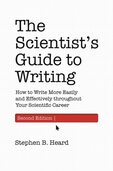
- A definitive guide on writing as a scientist, especially researchers early in their careers. Heard covers not only the basic IMRAD (Introduction, Methods, Results, and Discussion) structure of a scientific paper but everything from getting and staying motivated to write to writing the response to reviewers letter after peer review.
What Editors Want: An Author’s Guide to Scientific Journal Publishing, by Philippa J. Benson and Susan C. Silver. University of Chicago Press; 2013.
Amazon
Amazon
Writing Science in Plain English, by Anne E. Greene. University of Chicago Press; 2013.
Book People
Amazon
Book People
Amazon
Style guides and books about editing
AMA Manual of Style: A Guide for Authors and Editors, 11th ed. Oxford University Press; 2020.
amamanualofstyle.com
amamanualofstyle.com
Dreyer's English: An Utterly Correct Guide to Clarity and Style, by Benjamin Dreyer. Random House; 2019.
Amazon
Amazon
- Useful reference for fiction copy editors. Who doesn’t like a peek at someone else’s style sheet, and this someone else is the copy chief of Random House. I’ll keep it handy for the lists of easily misspelled words and “the confusables.”
Publication Manual of the American Psychological Association, Seventh Edition. American Psychological Association; 2020.
APA Style
APA Style
The Artful Edit: On the Practice of Editing Yourself, by Susan Bell. W. W. Norton & Company; Reprint edition; 2008.
Amazon
Amazon
- All writers can benefit from the tips in Chapter One on ways to gain perspective on your writing (e.g., writing in longhand, reading your work out loud, changing the font, changing your environment, hanging up or laying out your pages). The following chapters cover macroediting (e.g., character, structure, leitmotiv) and microediting (e.g., language, redundancy, beginnings, endings, transitions) with examples from Fitzgerald’s revisions of The Great Gatsby.
The Chicago Manual of Style, 17th ed. University of Chicago Press; 2017.
The Chicago Manual of Style
The Chicago Manual of Style
The Subversive Copy Editor, Second Edition: Advice from Chicago (or, How to Negotiate Good Relationships with Your Writers, Your Colleagues, and Yourself, by Carol Fisher Saller. University of Chicago Press; Second edition; 2016.
Amazon
Amazon
- There aren’t many books, other than the style guides I refer to daily, that I buy and actually read again when a new edition is released. But as Carol Fisher Saller points outs, “the first step in doing no harm [when editing] is to expand your bag of tricks.”
Useful Links for Authors of Scientific Manuscripts
Merriam-Webster's Learner's Dictionary. Written for writers and readers for whom English is a second language. Includes definitions written in simple language. Tells you whether a noun is "count" or "noncount" (Why do you need to know this? Noncount nouns do not have a plural form and are not used with the indefinite articles a and an). Also lists common idioms in English. For example, under the entry for "horse" you will find explanations of the phrases "hold your horses," "horse of a different color," and more.
How to Use Track Changes in Microsoft Word. Editors love track changes. Authors, maybe not so much? Fellow editor Erin Wright has a great tutorial and tips here.
How to Write an English Medical Manuscript That Will Be Published and Have Impact, by Amanda Tompson. Surgery Today 2006;36(5):407-409.
The Art of Writing the Title of Your Paper, by JM Buriak. Chemistry of Materials 2014;26(11):3349-50.
Elements of Style for Writing Scientific Journal Articles, by Stephen M. Griffies, William A. Perrie, and Gaëlle Hull.
Publishing a Clinical Research Manuscript: Guidance for Early-Career Researchers With a Focus on Pulmonary and Critical Care Medicine. by Elizabeth M. Viglianti et al. Chest 2019;156(6):1054-1061. I especially like the use of graphics in this article. One figure shows loose puzzle pieces with common barriers to writing, like lack of motivation, distractions, and not enough time, and then interlocked pieces with strategies to consider implementing, like joining a writing group, doing a writing sprint, or scheduling daily writing time. Tips go all the way through submission. The authors' advice on picking a journal: don’t just pick the first journal to which you will submit; have a clear succession plan to allow rapid resubmission in case of rejection.
There Is an "I" in Science. My April 2018 blog post on using first person when writing.
Tips on the Title: Best Practices for Writing Your Journal Article Title. My July 2021 blog post with best practices for drafting your article's title.
How to Acknowledge Medical Editing Support. My June 2021 blog post on why and how to recognize the contributions of a medical editor to your publication.
How to Write About the Humans in Your Human Disease Research. Communicating your research is about more than showing mean data points on a graph or performing a slick statistical analysis. You will also need to describe your study group. If you study a human disease, communicating your research well should consider how you write about the humans in your human disease research. In this blog post from July 2018, I write about using person-first language and writing about obesity, mental health, and older adults.
Notes on Tables From a Former Journal Manuscript Editor. Get tips on creating tables for your journal article in my July 2019 blog post.
Authors' Submission Toolkit: A practical guide to getting your research published, by L Chipperfield , L Citrome L, J Clark, et al. Current Medical Research and Opinion 2010 Aug;26(8):1967-82.
EASE Toolkit for Authors. Guidelines and resources for scientific writing and publishing for early career and less experienced researchers.
Journal Permissions: Obtaining Permission to Reproduce Material. Hoboken, NJ: John Wiley & Sons; 2016.
Responsible Authorship Quick Guide at the Office of Research Integrity. Covers common mistakes and dilemmas faced in preparing research proposals and scientific articles for publication.
Writing for Publication: An Easy to Follow Guide for Nurses Interested in Publishing Their Work. Hoboken, NJ: John Wiley & Sons; 2014.

